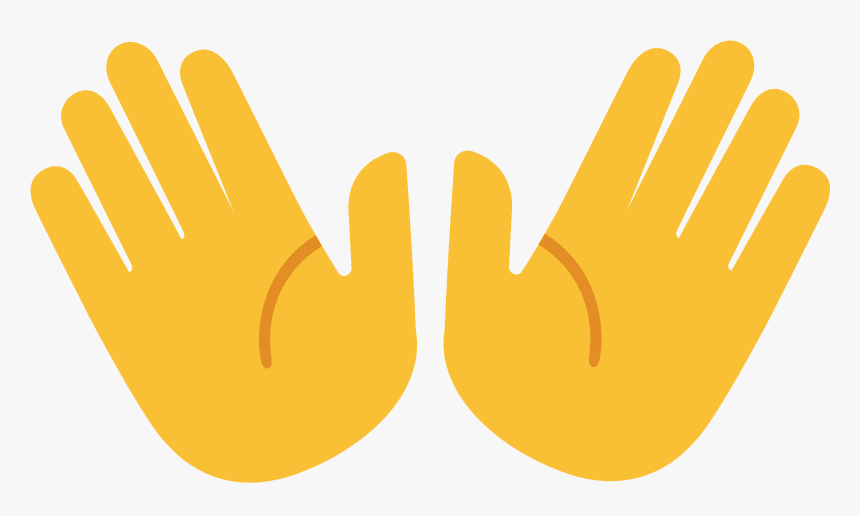Bilateral coordination refers to the ability to use both sides of the body when participating in activities, such as using two hands to complete a task. This is an important skill to practice and develop as it forces the brain to work both sides at the same time. An example of utilizing bilateral coordination includes catching a ball. Good bilateral coordination skills ensure the brain is communicating with both sides of the brain effectively. Children who have difficulty coordinating both sides of their bodies can have difficulty completing daily tasks (dressing, tying shoes), fine motor activities (banging blocks together, stringing beads, buttoning), visual motor tasks (drawing, writing, cutting, catching/ throwing), and gross motor activities (crawling, walking, climbing stairs, riding a bike).
- Bopping a balloon back and forth or popping bubbles with both hands
- Tearing/ crumpling tissue paper, cottonballs (create a craft).
- Connecting/ separating construction toys; magnetic blocks, Mega blocks, pop-beads, Legos
- Playing catch/ throw games to encourage coordinating both hands
- Playing with toy instruments; banging drums, triangle, symbols
- Pinching, pulling, squeezing, play-doh (finding hidden objects).
- Playing with a Zoom Ball
- Stringing uncooked pasta on yarn or beads on pipecleaners/ string
- Snipping/ cutting with scissors- yarn, string licorice, play-doh, construction paper (thicker), coupons, etc, and stabilizing object with non-dominant hand.
- Lacing activities/ games-use hole punchers with craft projects and have the child lace string/ yarn through the holes
- Dressing up dolls or Mr. Potato Head
- Frosting cookies with a butter knife, spreading peanut butter on bread
- Pouring liquids into a cup

